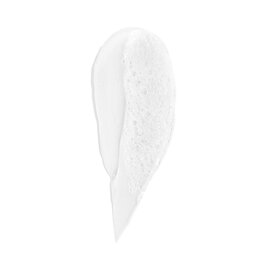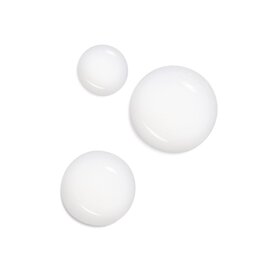How To Use a Gua Sha for Sculpted Skin
Want sculpted, glowy skin right now? Most skincare products take consistency and time to show lasting results, but pairing it with a gua sha tool can give you instant, short-term results.
Keep reading to learn what gua sha is, the different types of gua sha tools, and how to use a gua sha tool in your skincare routine.
What is gua sha?
Gua sha is an East Asian practice that improves circulation and lymphatic drainage in the face and body. It’s performed by using a gua sha stone to glide over the skin in outward motions.
A gua sha stone can be made of a variety of materials, but the most popular is jade or rose quartz. The stone is usually smooth-edged and is shaped to fit the contours of the face and body.
Types of gua shas
Gua sha tools are made for either the face or the body, and are shaped specifically for each purpose. Here are the most common shapes:
- Heart-shaped – ideal for using on the face, especially on the jawlines and cheekbones
- Wing-shaped – this one is multi-purpose for both the face and body
- Teardrop-shaped – this shape is suitable for pressing on the pressure points
- Rectangle-shaped – these gua sha tools are best used on large surface areas on the body
As we said, the two most popular materials used to make gua sha tools are jade and rose quartz.
Jade gua shas are naturally softer, lighter, and more textured. In traditional Chinese medicine, the jade stone is thought to enhance healing, balance, and harmony.
Rose quartz gua shas are harder, heavier, and smoother. They stay cooler for longer, so it offers a more refreshing experience. In traditional Chinese medicine, the rose quartz is thought to enhance love, self-care, and emotional healing.
Benefits of gua shas
Gua sha tools are popular items in skincare routines because of the many benefits they provide.
Here’s what they do:
Improves circulation
Using a gua sha improves blood flow and circulation in the face and body. This will give you a natural glow, and your skin will look plumper and firmer.
Sculpts the face
Gua shas can contour and lift the face by reducing water retention, especially in the cheekbones and jawline area. It does this through lymphatic drainage, draining excess fluid out and away from the face.
Reduces puffiness
Because it can reduce water retention through lymphatic drainage, gua shas reduce puffiness.
Eases muscle tension
Whether you’re sore after a workout or your jaw hurts from clenching, doing a gua sha routine can help to soothe your sore muscles by releasing that tension.
Stimulates collagen production
Gua sha tools are a great addition to an anti-aging skincare routine because it stimulates collagen production. Collagen keeps your skin looking youthful and radiant – this natural process slows down as you age. Using a gua sha tool can stimulate collagen production, reducing the appearance of wrinkles and fine lines.
Helps with detoxification
Gua sha tools are also thought to help with detoxification through the lymphatic drainage process. It may help to flush out toxins from your body so you look and feel healthier overall.
How to use a gua sha
Now that you know why you should add a gua sha tool to your skincare routine, let’s cover how to perform a gua sha routine. There can be a learning curve when you first start, but it gets easier with practice and is well worth it.
First, cleanse your skin with a gentle cleanser to get rid of impurities and makeup. Choose a cleanser that protects the skin barrier so that the gua sha process is less likely to irritate your skin.
Then, add a serum or face oil to your skin and immediately use the gua sha tool before it soaks in. This will create a smooth, slick surface for the gua sha to glide across. Never use a gua sha over dry skin – it will be tough to glide across your face and body, and will reduce its skin care and health care benefits.
Take the gua sha tool and hold your skin taut. Then glide the gua sha tool across one area of your face at a time with medium pressure – start from the middle of the area and move outward in a smooth motion. Make sure you’re positioning the gua sha so that the sharpest edges are gliding across your targeted area.
Here are the most common areas to gua sha on your face:
- Jawline – start from your chin and move the gua sha tool outward until you reach your ear
- Cheekbones – start from your nose area and move the gua until you reach your ear
- Forehead – start between your brows and move the gua upwards toward your temples on each side
After you’ve finished your gua sha routine, you can complete your skincare routine with treatments, a moisturizer, and sunscreen.
Your skin may look slightly red after the gua sha process, but will go away shortly after.
Note: Make sure you stop your gua sha routine right away if you’re experiencing pain or excessive skin irritation.
And that’s it! Follow this gua sha guide every day and pair it with an effective skincare routine to get sculpted, glowing skin.









